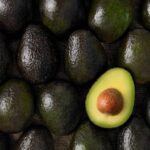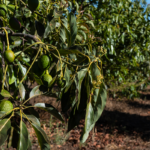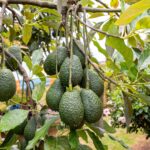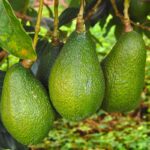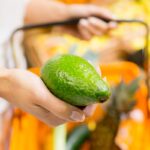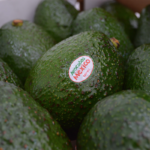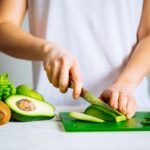Chile to ramp up production of GEM avocados
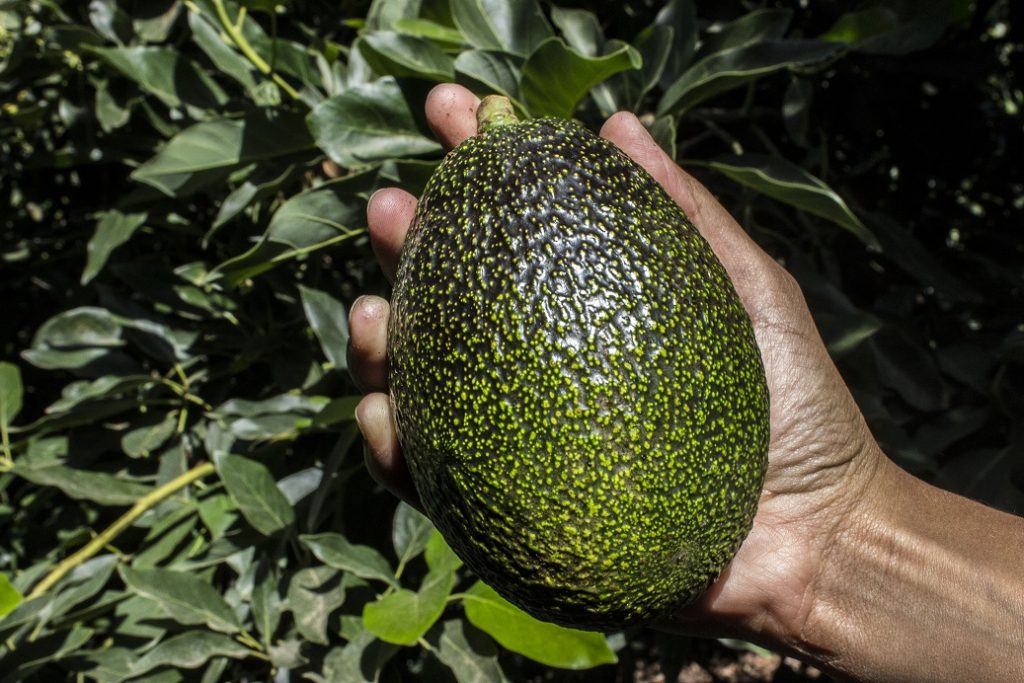
Production of a Hass-like avocado cultivar developed by the University of California is set to increase significantly in Chile and South Africa over the coming years.
The variety is marketed under the trademark GEM, with Westfalia Fruits holding the global commercialization rights.
GEM avocados first entered Chile in 2003 under an agreement with the U.S. entity and the Pontifical Catholic University of Valparaiso in the South American country.
Since 2011, major produce exporter Subsole has been working closely with South Africa-headquartered Westfalia to propagate and evaluate the variety under different climates to learn more about it. Subsole later acquired a license in 2014.
At Fresh Fruit Portal, we recently visited one of the experimental orchards in Nogales, Valparaiso.
Click here to view the photo gallery from the visit.
Subsole's technical manager for avocados and citrus, Andrés Link, showed us round the fields of Agrícola El Resguardo, which, along with another orchard in Melipilla in the neighboring Metropolitan region, was the first the receive the GEM genetic material.
"The first thing we did was cut the Hass trees in Melipilla, to graft them with GEM and form our first mother orchards - of around 70 plants - for the multiplication of the material," Link said.
"As a result, we obtained material to establish the first demonstrative orchards in 'AT El Cardal' and in 'El Resguardo' (Melipilla and Nogales respectively). In the latter we started with 200 trees with and now have 800 plants in the area."
A third demonstrative orchard was established in Ovalle in 2014.
The first high-density commercial orchard has now been planted in Melipilla, where the first 12 of 60 hectares are entering into production this year.
"All the research and analysis has been carried out in conjunction with Stefan Köhne of Westfalia Technological Services, in close collaboration through a relationship spanning many years," he said.
Greater yields and later harvests than Hass
Compared to Hass, among GEM's main characteristics are bigger sizing, higher productivity and a later harvest.
Link explained the variety had the advantage of being picked around 30-45 days later than Hass.
"If Hass is ready to harvest in October with 23% dry matter, GEM could be ready for harvest one month later, since the accumulation of oils develops at a different rate, until it reaches the ideal percentage of 27%, ensuring its quality," he said.
"According to analysis carried out in conjunction with the Catholic University of Valparaiso, with the same level of dry matter, GEM shows higher oil content compared with the traditional curve seen in Hass, which could explain its excellent quality characteristics in terms of texture and taste."
He added that while in Chile Hass avocado trees typically produced 10,000 kilograms of fruit per hectare - rising up to 20,000 kilograms on well-managed orchards - GEM trees could yield more.
"With GEM we have seen that in its natural form it can easily achieve production levels above 16,000 kilograms per hectare, with good management the figure can exceed 20,000 kilograms," he said. 
"As an example, to date with GEM we have achieved production levels of 25,000 kilos and 14,000 kilos per hectare in the third and second production in the model orchards of Nogales and Melipilla respectively, with trees planted between November 2012 and February 2013."
Agrícola El Resguardo production manager Alejandra Brito explained GEM trees were more tubular and compact than Hass trees. She added the variety has yellow lenticels throughout much of the growing period, with the outside darkening as it matures.
The cultivar also has a more oval shape than Hass and a slightly thicker skin.
Commercial forecasts
Currently, Westfalia Fruit has more than 300 hectares planted in South Africa, with a projection of 1,500 hectares by 2025, and another 400 hectares in Tanzania, Mozambique and Zimbabue, Link explained.
In South America, the first commercial shipments have been carried out, and Brazil and Mexico are currently testing the variety.
Link said that in Colombia, Westsole - a company formed between Westfalia and Subsole - is also gearing up to trial the variety and replicate the development model through the implementation of model orchards and then commercial plantings.
Currently, Westsole is awaiting authorization to import plant material.
Initially, Westfalia and Subsole's business plan for GEM in Chile was mainly focused on the domestic market, but strong demand from supermarket chains in countries like the U.K. have indicated the variety's export potential.
Some 500 hectares are set to be planted in 10 years, with the 60 and 100 hectares expected to be planned in 2017 and 2018 respectively.
In international markets, the fruit will be sold under a program established by Westfalia and Subsole which will initially be focused on the U.K., followed by Europe and North America.
"GEM has all the potential to play a very significant role in the global market, starting a new process of varietal development that will greatly increase the profitability of and opportunities for Chilean producers," he said.
Some 50 metric tons (MT) of fruit is expected to be harvested this year in the first commercial harvest, but Link said it had not yet been decided whether the fruit would stay in the domestic market or be exported to the U.K.
















